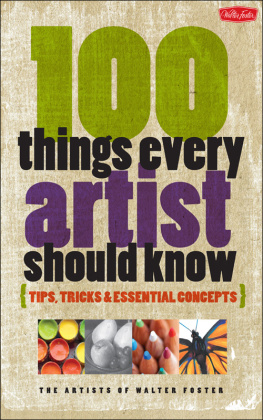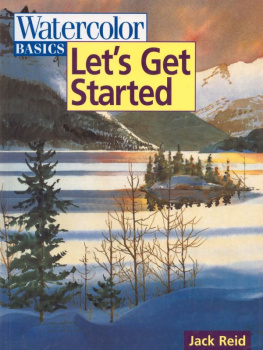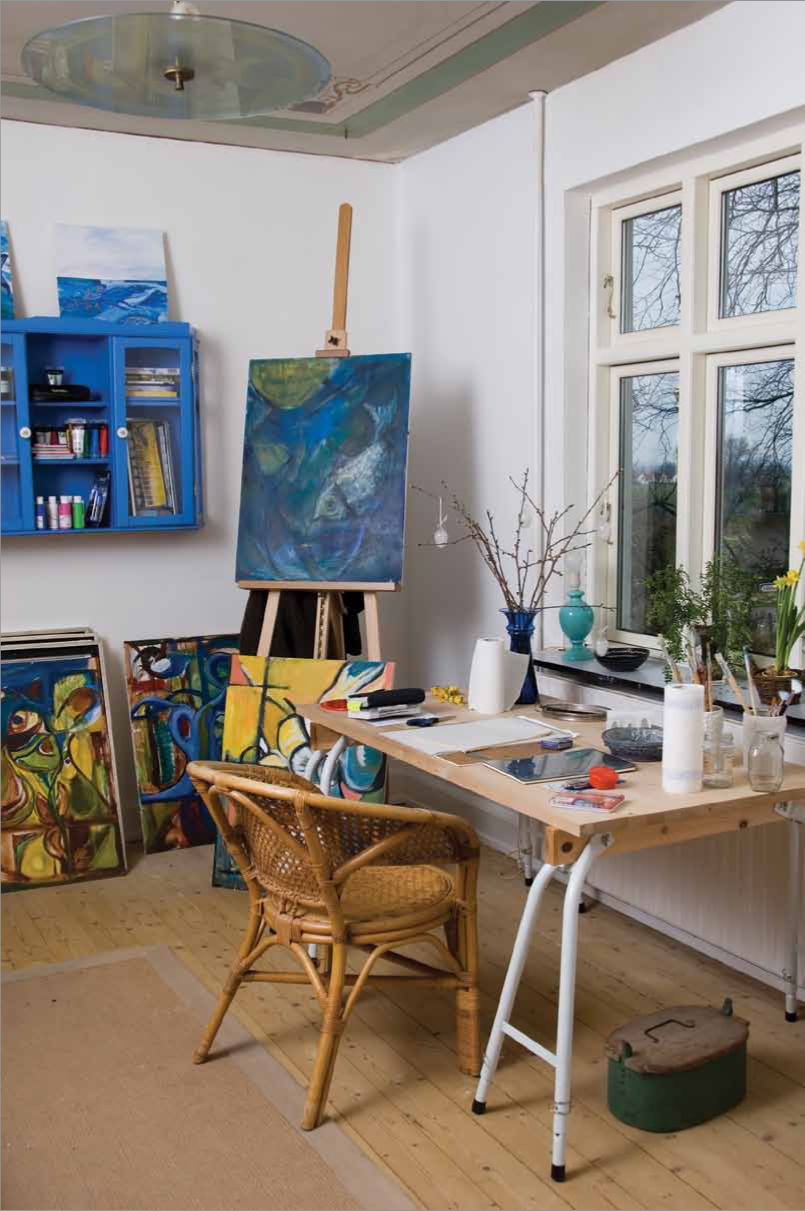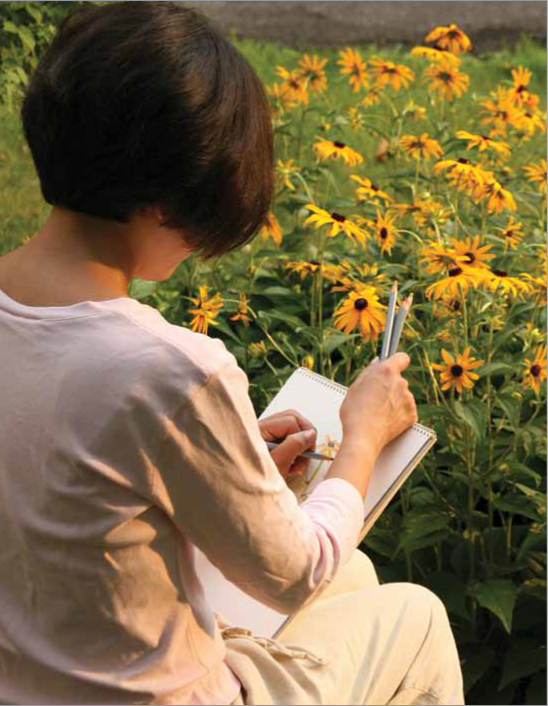Introduction
Whether youre a seasoned artist or just beginning to explore your artistic side, this book features an educational and inspirational journey in drawing, painting, and other artistic mediums. Weve distilled these art forms into 100 of the most important topics, including definitions, demonstrations, tips, shortcuts, and much more. Packed full of expertise from dozens of Walter Fosters notable artists, youll discover everything from basic pastel techniques to color theory and perspective, organized into several chapters noted below.
General Tools and Materials:
Learn about the most basic art materials, and discover how to set up your workspace.
Pencil Drawing:
Dive into the details of drawing with graphite and colored pencil as you learn techniques for creating a variety of strokes and textures.
Pastel:
Get your hands dirty and discover the unique characteristics of hard, soft, and oil pastel.
Watercolor:
Practice your hand at this fluid and vibrant medium, and find out the best ways to create special effects and more.
Oil and Acrylic:
Master the basics of these similar paints, including brushwork and color mixing.
Additional Mediums:
Touch on less common mediums such as charcoal, airbrush, calligraphy, and even Chinese brush painting.
Color and Light:
Create a sense of mood, time, and place through your treatment of color, light, and shadow.
Perspective and Proportion:
Discover the more technical side of creating realistic artwork, from suggesting depth and distance to representing accurate proportions.
Composition:
Focus on the placement of objects in your artwork and learn how to create dynamic designs.
Read this book from start to finish, or flip through to find a topic that interests you! Regardless of your approach, were sure youll discoveror rediscovervaluable information and exciting tips that will enrich your artistic knowledge.
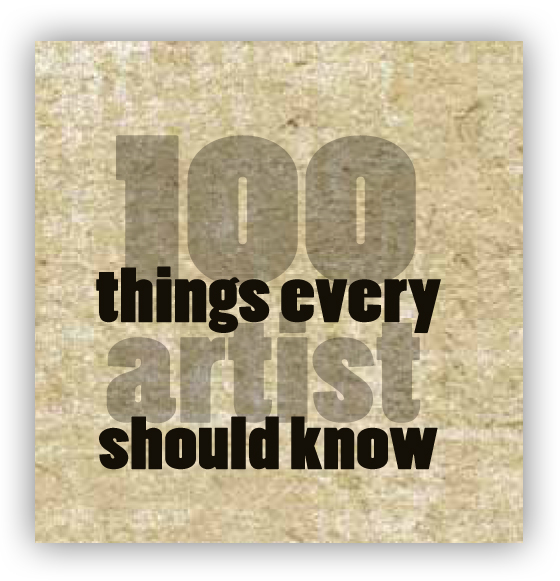
CHAPTER 1
general tools and materials

Setting Up a Studio
Choose your workspace to match your style. Some people like to stand to allow free arm movement; others sit at a table for more precise work; and some prefer to sit in an oversized chair. Select an easel, table, or lap desk to hold your paper while you work. And wherever you do work, you will need good lighting, such as a floor lamp, desk light, or clamp-on light. As an artist, you may prefer to use a natural or daylight bulb, which mimics sunlight and is easy on your eyes. To avoid blocking the light with your body or handif you are right-handedplace the light to your left and above your work; left-handed artists, position your lamp to the right and above.

Drafting or Drawing Table You can angle these tabletops for comfort. If space is short, get a folding table.

Lap Desk A laptop board with an attached pillow allows you to put your feet up, lean back, and draw.
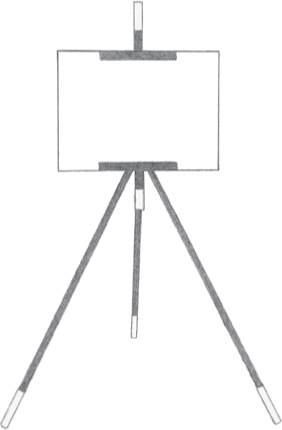
Easel An easel will hold your work upright, so you can work standing or sitting.

Sketchbooks and Tracing Paper
Sketchbooks
There are all kinds of sketchbooks available, but spiral-bound varieties are great because they lie flat when opened. Sketchbooks come in a variety of sizes, from 6" 9" to 11" 14". Stay clear of books with thin paper; denser papers are better able to handle washes of color without bleeding through or warping the paper.
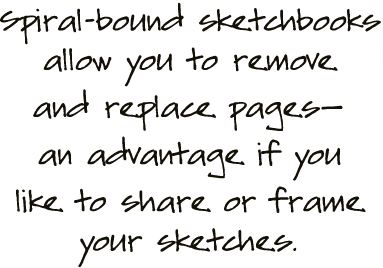

Sketching on Location
One of the great advantages of keeping a sketchbook is that its small enough to go with you anywherefrom outdoor flower markets to historical buildings! No matter where you are or what youre surrounded by, you have before you a wonderful opportunity to sketchand dont feel as if you have to wait for the perfect image to begin sketching.
Outdoor sketching requires a different kind of preparation than indoor sketching does. For example, you need to pay attention to the time of day and the weather to be sure youll have plenty of natural light; between 8:30 and 11:30 in the morning are ideal times to sketch outdoors.
When you arrive, on location, walk around for at least 10 minutes to get a sense of the area. When something captures your interest, take notice of how the suns position will change the scene during the day. If the focal point of the subject will likely be shrouded in shadow, it wont make a good subject.
Take written notes or make pencil marks on your sketch to record the placement of shadows before they change. If youre planning to turn the sketch into a full painting later, its a good idea to record information about the time of day, weather conditions, people you meet, and so onanything that will help you remember!

Drawing and Painting Surfaces
The surface on which you draw or paint (also called the support) will always influence the quality of your final artwork. Subtleties in texture, the vibrance of the paint, and the length of your arts life are just a few things tied up in the support. Before you make a trip to the art store for supplies, check out this overview of paper and canvas.

